It’s possible that I shall make an ass of myself. But in that case one can always get out of it with a little dialectic. I have, of course, so worded my proposition as to be right either way (K.Marx, Letter to F.Engels on the Indian Mutiny)
Friday, November 29, 2024
Bloomberg News | November 26, 2024 |
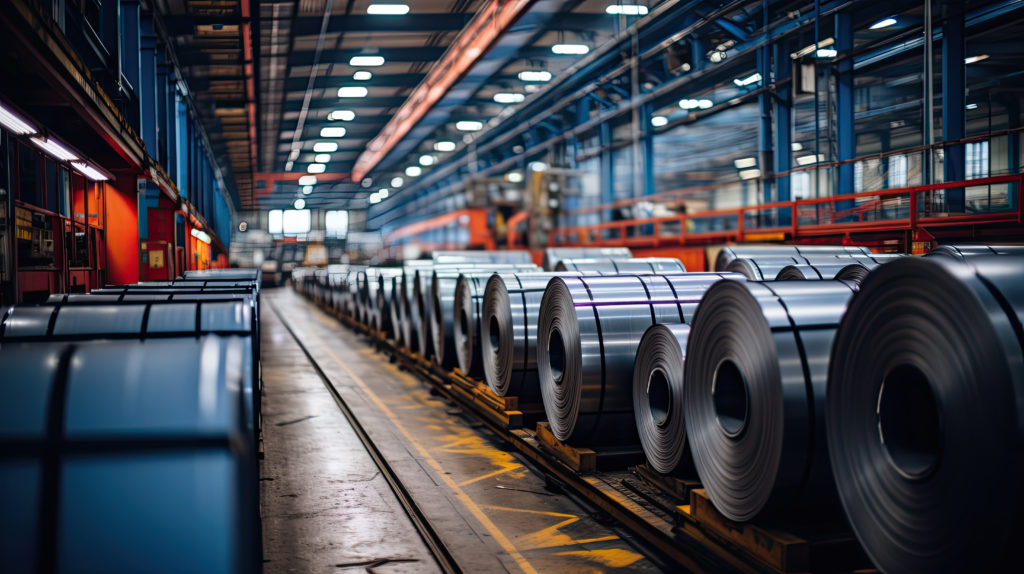
Rolls of galvanized steel sheet. Stock image.
Aluminum and steel will be the most impacted metals under President-elect Donald Trump’s threat to impose 25% tariffs on imports from top suppliers Canada and Mexico, according to Citigroup analysts.

The two US trade partners are the biggest providers of the metals to the US and Trump’s plan to levy tariffs on imports of the metals will result in higher steel and aluminum prices across the US, according to analysts led by Alexander Hacking. The US gets about 70% of its aluminum from abroad, with 60% of that from Canada. Steel imports account for 24% of the American supply, with Canada providing a quarter of the amount and Mexico about 15%.

A 25% tariff as announced by Trump on Monday would likely cause steel prices to rise by $100 to $150 a short ton, the analysts said in a Nov. 26 note. For US aluminum prices, the Midwest premium over that of the London Metal Exchange could more than double to as much as 50 cents more — a move that could benefit six US smelters. Still, the analysts warned “it could take years to reconfigure this supply chain.”
“Equity investors would likely be cautious in pricing duration on any windfall profits — assuming that this is seen as a negotiating tactic/temporary impact, in our view,” the analysts wrote. “During Trump’s first term administration, we saw steel buyers stockpile on tariff headlines and would expect something similar this time around.”
Mexican President Claudia Sheinbaum has suggested her country could respond to Trump’s threatened tariffs with levies of its own, warning the economic consequences would be dire. Given that the US is a net exporter of steel to Mexico, Citigroup said any retaliatory tariffs would hurt the US mills more, especially in sheet products.
Canada counts the US as its biggest export market for metals and minerals, with aluminum, iron and steel making up almost half of metals shipments, according to the Canadian government. The northern neighbor exported about C$59 billion ($42 billion) of metal ores, minerals and metal-and-mineral products to the US in 2022, according to Statistics Canada data.
(By Yvonne Yue Li)
Reuters | November 26, 2024 |
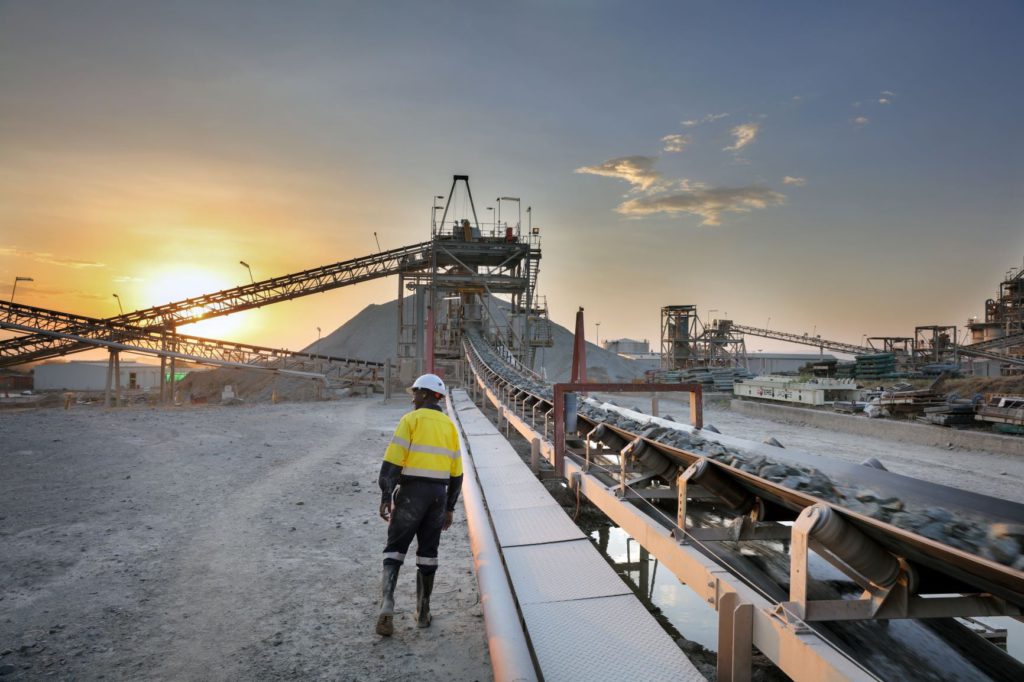
North Mara gold mine in Tanzania. (Image courtesy of Twiga Minerals | Instagram.)
Canada’s Barrick Gold said on Tuesday the Ontario Superior Court has dismissed a case against the miner brought by Tanzanian residents on security incidents in the country, as the courts lacked jurisdiction to consider the claims.

A group of 21 Tanzanian nationals had filed a lawsuit in Canada in November 2022, alleging that Barrick was complicit in extrajudicial killings by police guarding its North Mara mine.
Barrick owns a majority stake in North Mara Gold Mine Limited, located in northwest Tanzania, since 2019.
The lawsuit claimed that the miner “had effective and practical control” over Tanzanian police stationed at the mine.
Barrick said on Tuesday the case should not have been brought in Canada.
(By Seher Dareen; Editing by Shilpi Majumdar)
Bloomberg News | November 28, 2024 |

National Bank of Serbia. Image courtesy of serzhile, Flickr Commons.
Earlier this year, the Czech Republic’s central bank chief flew to London to have a look at a swelling stack of gold bars stored in the Bank of England’s concrete-encased vaults beneath Threadneedle Street.

Ales Michl’s mission to inspect the precious metal held for the Czech National Bank was part of the governor’s stated ambition to double the country’s stockpile to 100 metric tons in the next three years. It’s increased fivefold since he took office in 2022 with an aim to diversify the bank’s reserves.
Sign Up for the Precious Metals Digest
Sign Up

“We need to reduce volatility,” Michl, who grew animated when queried on the subject, told Bloomberg Television earlier this month. “And for that, we need an asset with zero correlation to stocks, and that asset is gold.”
The Czech policymaker isn’t alone in accelerating bullion purchases. Peers from Warsaw to Belgrade are joining the gold rush as a way to diversify investments and bet on future price increases, making eastern Europe one of the biggest buyers of the metal and helping to drive the gold rally.
Central banks around the world are stocking their gold arsenals as a shield against external shocks such as prospective trade wars brought on by Donald Trump’s second presidency and geopolitical tensions in Ukraine and the Middle East. But eastern European monetary guardians have made a particular show of topping up their gold piles.
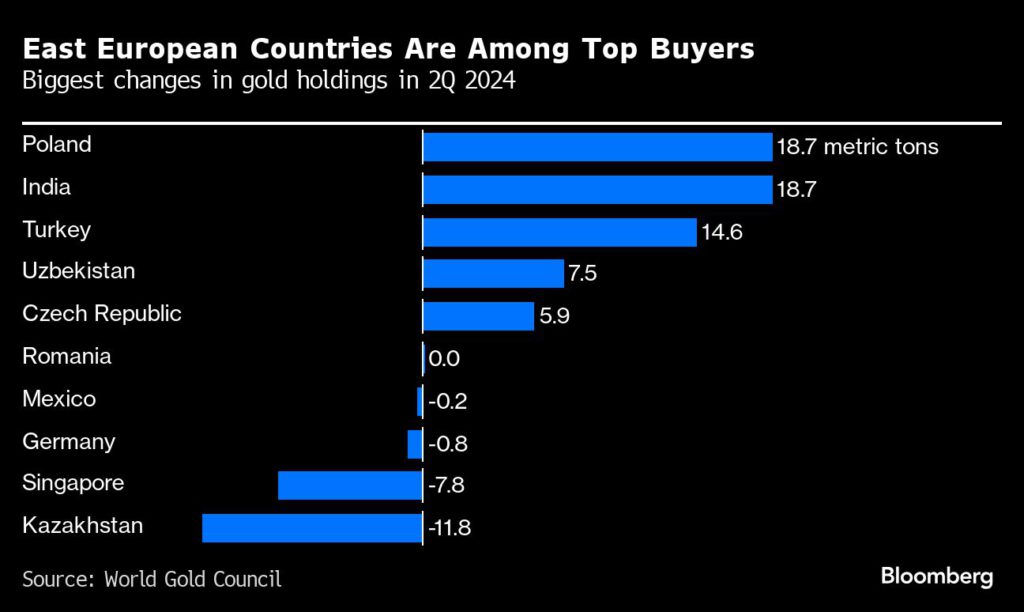
In addition to Michl’s foray to London, his counterpart in Warsaw has penned a movie script on the history of Polish gold. Serbian authorities hauled their stockpile held abroad home to keep it safer in Belgrade — and help cut storage costs.
Striving for a sense of security is a powerful motive in a region that’s been ravaged by Europe’s wars of the past — and that now finds itself next door to the continent’s deadliest conflict since World War II.
‘An exclusive club’
Poland, which shares a border with Ukraine and is a staunch supporter of Kyiv’s war aims, was the largest buyer of gold globally in the second quarter, according to the World Gold Council’s latest data.
Poland’s central bank governor, Adam Glapinski, said gold and hard currency reserves are crucial to protecting the economy against catastrophic events. He increased bullion holdings to some 420 tons as of September, about half the stockpile of India or Japan.
“We are entering the exclusive club of the world’s biggest gold owners,” Glapinski gloated during a news conference last month, reinforcing his aim to raise gold’s share to 20% of all reserves.
The head of the National Bank of Poland lamented having no time to work on his draft script. A YouTube video produced by the central bank in February shows Glapinski basking in a vault lined with sealed boxes of six thousand gold bars, intoning that the stash “is the property of all Polish people.”
The Czechs are also prospective club members. The central bank in Prague boasts about $150 billion in foreign reserves — nearly half of gross domestic product — one of the world’s biggest by proportion.
Michl, whose diversification drive includes US stock purchases, has confronted some criticism for buying gold as it reached a market record this year. Monetary officials have pushed back by insisting that the long-term purchases are gradual, reducing the impact of price volatility.
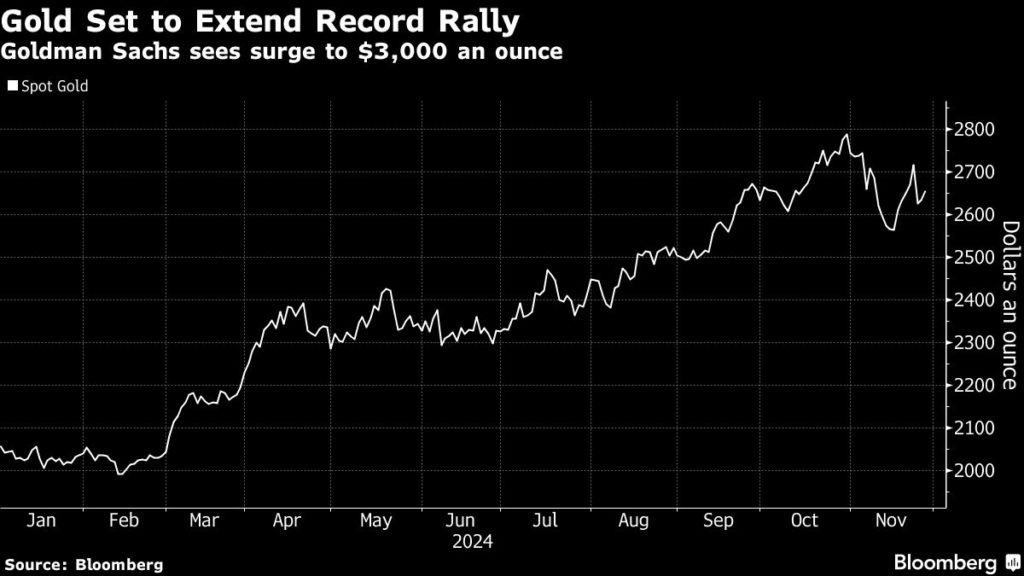
With the geopolitical winds churning, gold purchases have been a good bet for monetary policymakers. Goldman Sachs Group Inc. listed the metal among top commodity trades for 2025, saying prices could extend gains during Trump’s presidency and reach $3,000 an ounce by December next year.
“Geopolitical fragmentation is favorable for gold, while gradual dollar weakening should be a further tailwind,” Bank J. Safra Sarasin said in a report from Nov. 10.
For eastern Europe’s leaders, gold is viewed as a safe harbor — and a political selling point — as they maintain often complex balancing acts between the West, Russia and China. The Hungarian central bank has boosted its gold stash by more than a 10th to 110 tons this year.
The country’s Prime Minister Viktor Orban has relished being the EU’s chief disruptor with his ties to the Kremlin and Trump.
The central bank in Budapest has also lauded the metal as a safe haven. But gold has a role in the country’s historic identity.
The Money Museum, located in one of the palaces owned by the Hungarian National Bank, features a steam locomotive fashioned from yellow bars. The sculpture, called “The Rumble,” depicts the central bank’s staff, which fled the Soviet military at the end of World War II on a train loaded with gold reserves to prevent it from falling into foreign hands.
The associations figure no less in Serbia, where President Aleksandar Vucic, who like Orban holds a firm grip on power, had the country’s stockpile held outside the country repatriated in 2021. This year, he promised to buy bullion with “every surplus of money” that’s left in state coffers “to be safe and secure in hard times.”
Serbia’s central bank governor, Jorgovanka Tabakovic, has overseen a tripling of gold reserves to 48 tons since taking office in 2012. The accumulation was handled closely with Vucic, who provided the “strategic thinking, knowledge of global geopolitical relations and information” to back the gold purchases, she said.
“Gold is gaining value and importance in times of global turbulences, especially in geopolitical conflicts and periods of high inflation,” Tabakovic said in emailed response to questions. “Unfortunately, in recent years we’ve seen both factors at play.”
(By Peter Laca, Agnieszka Barteczko and Misha Savic)
Bloomberg News | November 27, 2024 |
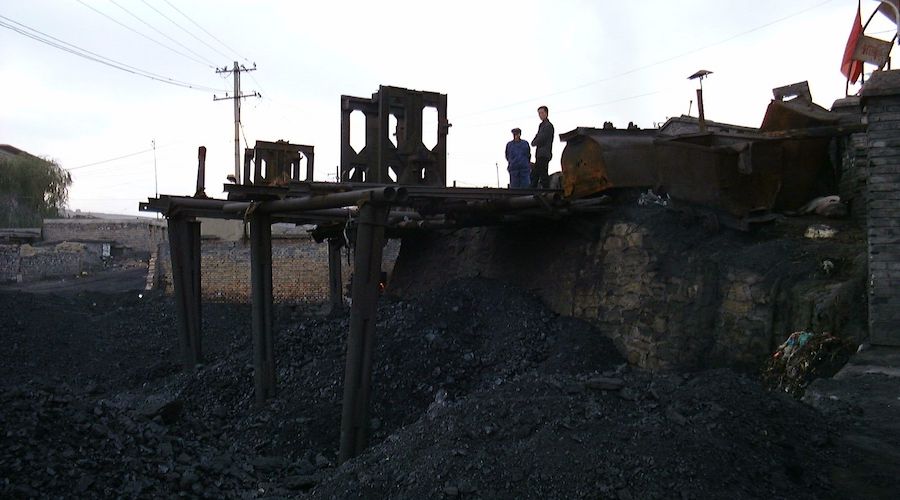
Coal mine in China. (Reference image by Peter Van den Bossche, Wikimedia Commons)
The western region of Xinjiang is emerging as a fourth hub for Chinese coal production, creating a new well of cut-price supply just as the country tries to start weaning itself off the heavily polluting fuel.

Output has surged 22% this year, the fastest growth of any region in China, and is on pace to top the half-billion ton mark by the end of December, according to data from the statistics bureau. Production costs are cheap at about 100 yuan ($13.80) a ton, far below the national average of around 370 yuan, Citigroup Inc. said.

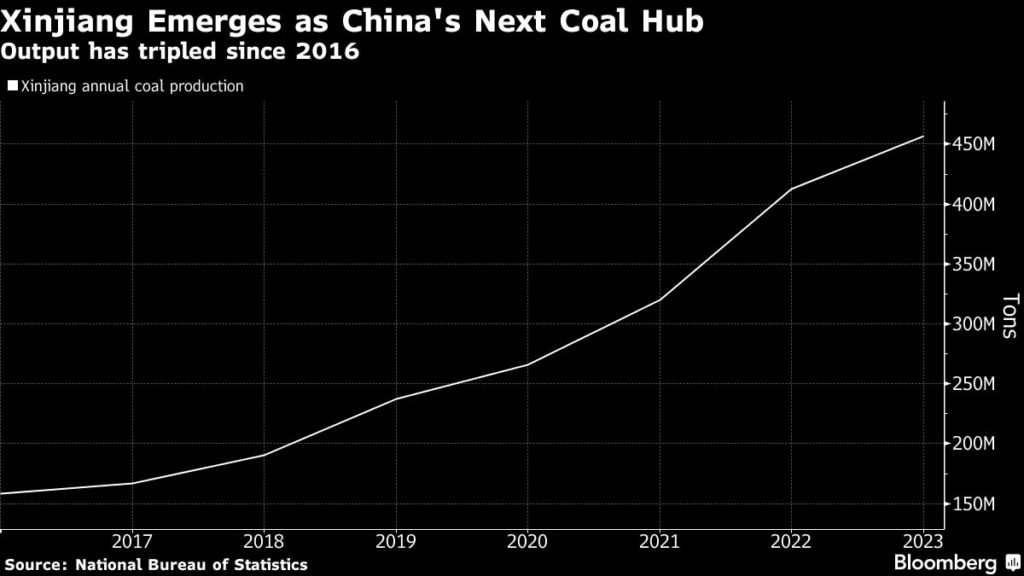
Xinjiang’s rise up the rankings is jarring because China may be at or near its carbon peak, and cementing that shift relies heavily on using less coal. Although President Xi Jinping has vowed to start reducing nationwide consumption from 2026, several companies have announced new projects in recent months to take advantage of the region’s cheap and plentiful supply. That could undermine plans to rein in demand.
The problem historically for miners was Xinjiang’s location, thousands of kilometers from the eastern mega-cities that have traditionally consumed the most coal. But over the past decade, energy-thirsty endeavors like aluminum smelting and the production of polysilicon, used in solar panels, have shifted westward to take advantage of cheap coal and renewables.
About 80% of Xinjiang’s coal is used locally, with the rest exported to nearby provinces like Qinghai, Gansu and Ningxia, Citigroup’s analysts including Jack Shang said in a note earlier this week.
New developments in Xinjiang include plans announced in October by China Three Gorges Renewables Group Co. for six 660-megawatt coal generators to provide backup power to a massive renewables base in the south of the region. China Energy Investment Corp. also said last month it intends to spend 170 billion yuan on an integrated plant in the northwest to convert coal into oil products, a particularly intense source of emissions.
China is by far the world’s biggest producer and consumer of coal, and its other major mining hubs include Shanxi and Inner Mongolia, which each contribute over 1 billion tons a year, and Shaanxi, where output has increased to over 700 million tons.
India to auction first offshore minerals tranche worth more than $17.8bn
Reuters | November 28, 2024 |
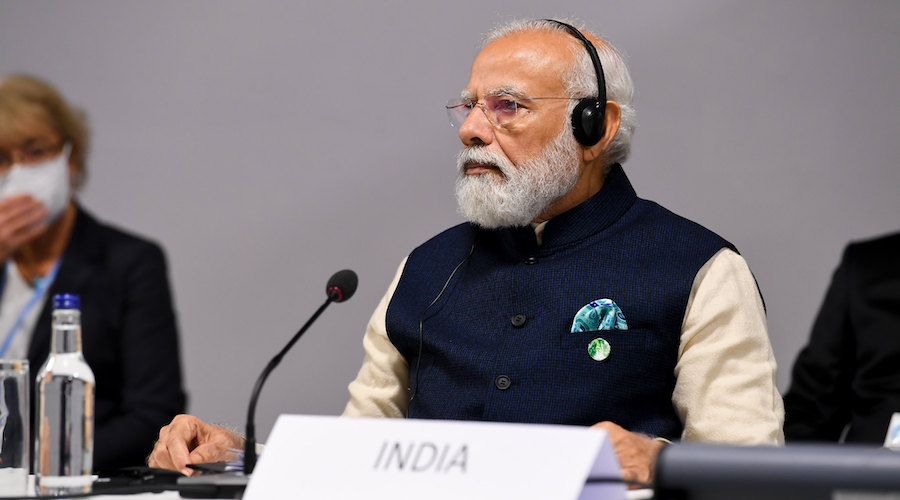
India’s Prime Minister Narendra Modi. (Image by COP26, Flickr.)
India will auction its first tranche of offshore minerals, which is worth more than 1.5 trillion rupees ($17.8 billion), a government source directly involved in the decision making told Reuters on Thursday.

A total of 13 blocks will be auctioned as part of the first tranche, including three for construction sand and another three for lime mud.
Seven out of the 13 blocks will be polymetallic nodules and have not been valued yet, the source said.
The source did not want to be identified as they are not authorized to speak to the media.
The federal mines ministry did not immediately respond to a Reuters email seeking comment.
The ministry is expected to shortly announce the details of the auction.
($1 = 84.4470 Indian rupees)
(By Neha Arora; Editing by Sonia Cheema)
Bloomberg News | November 28, 2024 |
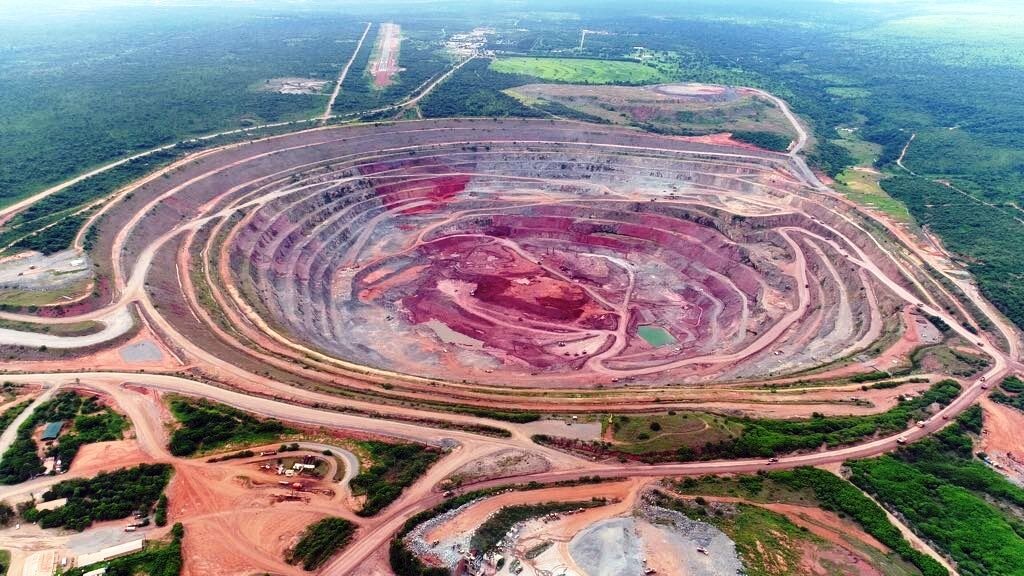
Credit: Catoca Mining Company
An Omani state-backed fund has acquired shares in Angola’s Catoca diamond-mining joint venture from Russia’s Alrosa PJSC.

Maaden International Investment LLC’s stake purchase was announced by Mineral Resources Minister Diamantino Azevedo on Thursday. Alrosa, which held a 41% interest in the Catoca operation, has been sanctioned by the US, EU and their allies.
Alrosa “will no longer be part of this partnership due to international sanctions imposed on Russia,” Azevedo said in the capital, Luanda. The restrictions were “affecting Angola’s credibility in the international diamond market,” he said.
While Alrosa is mainly active in Russia, it has been present in Angola since the early 1990s and helped develop Catoca – majority owned by the Angolan state – into one of the world’s largest diamond mines.
Azevedo had said earlier that the state-controlled Russian company had become a “toxic partner due to the global context.” Aysen Nikolayev, president of the Yakutia region in Russia, which owns a stake in Alrosa, said in September that the company was discussing the future of its Angolan projects and in talks with potential investors.
The Russian company vies with Anglo American Plc’s De Beers as the world’s largest producer of diamonds. Diamond prices are currently in a prolonged slump amid weak Chinese demand, too much supply and pressure from lab-grown gems.
Maaden International, which is owned by a consortium of Omani investors led by a state-owned firm, bought a 24% interest in a gold producer from Russian investors, including billionaire Alexander Nesis, in January.
Alrosa’s press service didn’t immediately respond to a request for comment.
(By William Clowes and Candido Mendes)

Stock Image
Major African diamond producer Botswana will join Antwerp as an origin certifier of rough diamonds for export to the G7 which banned imports of Russian stones from the start of this year, a joint statement said on Wednesday.

The addition of Botswana looks set to salvage implementation of the ban. The initial system would have seen all diamonds go through Europe’s diamond hub in Antwerp for verification, backed by a new tracing system.
African diamond producers Angola, Botswana and Namibia, as well as diamond miner De Beers, had said the mechanism was unfair and would hurt their economies.
“Botswana and the G7 diamond technical team are now crafting a roadmap to address any identified gaps, aiming to have the export certification node fully operational in Botswana as soon as possible next year,” the statement said.
The Group of Seven (G7) nations ban on direct Russian diamond imports took effect on Jan. 1, followed by a ban on Russia-origin diamonds via third countries from early March.
The tracing system was meant to be up and running by Sept. 1, but the EU delayed the implementation to March 2025.
(By Julia Payne; Editing by Ros Russell)
Reuters | November 28, 2024 |
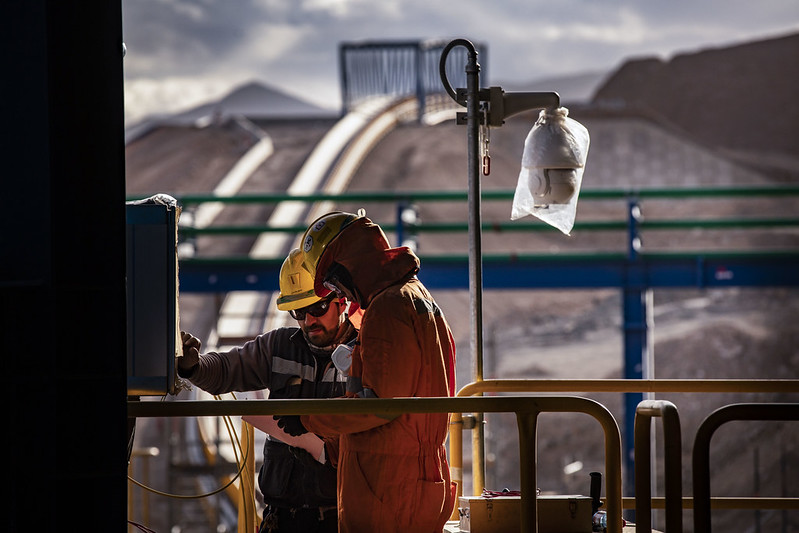
Credit: Codelco
Chile’s state-owned miner Codelco, the world’s largest copper producer, said on Thursday it had reached a new collective bargaining agreement with the union in charge of developing some of its most important mines.

The new 36-month agreement with the workers from company’s projects unit affects some 620 employees and will come into effect on Dec. 1, Codelco said, without providing financial details of the new deal.
The unit runs the development of Codelco’s major projects designed to extend the life of its key mines, compensate for a drop in ore grades and boost production levels.
(By Fabian Cambero; Editing by David Evans)
Cecilia Jamasmie | November 27, 2024 |
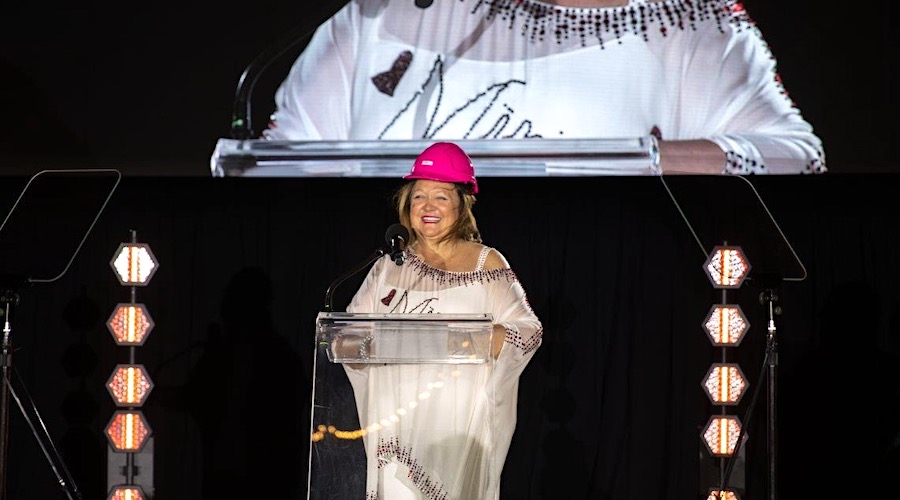
Gina Rinehart, executive chairman of Hancock Prospecting. (Image courtesy of Gina Rinehart.)
Australian mining magnate Gina Rinehart has moved closer to reviving a contentious metallurgical coal mine in Canada’s Rocky Mountains after a local plebiscite showed strong support for the project.

Nearly 72% of the 54% of the residents who cast votes in the municipality of Crowsnest Pass, Alberta, endorsed restarting the Grassy Mountain mine, a proposal that has divided the community and sparked regional debate.
The non-binding vote, held on Monday, saw participation from nearly half of the municipality’s 6,000 residents. The project is being led by Northback Holdings, formerly known as Riversdale Resources and Benga Mining, and Rinehart’s Hancock Prospecting is the parent company.
The mine, originally closed in 1983, has the capacity to produce 4.5 million tonnes of steelmaking coal annually and spans 2,800 hectares.
First proposed in 2019, the project faced its first challenge after Alberta’s government rolled back 1970s-era restrictions on open-pit coal mining in 2020, as part of the province’s efforts to boost an economy hit hard by the coronavirus pandemic and plunging oil prices.
In 2021, provincial regulators ruled that the project was “not in the public interest,” citing environmental risks, particularly concerns over selenium contamination in local waterways. That decision was upheld by three separate court rulings.
Despite these setbacks, Northback Holdings has continued to push for the mine’s approval, pledging to implement management and mitigation measures to address environmental risks, including selenium discharge, during all phases of the project. The company’s campaign to restart operations has been met with allegations of undue influence. Critics claim that fossil fuel interests covertly supported local advocacy groups ahead of the plebiscite.
“Bogus” plebiscite
The referendum itself has drawn scrutiny. Andrew Nikiforuk, a contributing editor for The Tyee, described the vote as “bogus” in an opinion piece published Wednesday. He argued that the question posed—“Do you support the development and operations of the metallurgical coal mine at Grassy Mountain?”— obscured the fact that the mine is located not in Crowsnest Pass but in the neighbouring municipal district of Ranchland, which opposes the project.
“Nevertheless, a community bombarded by corporate propaganda provided a resounding answer to a question impacting a different municipal district,” Nikiforuk wrote
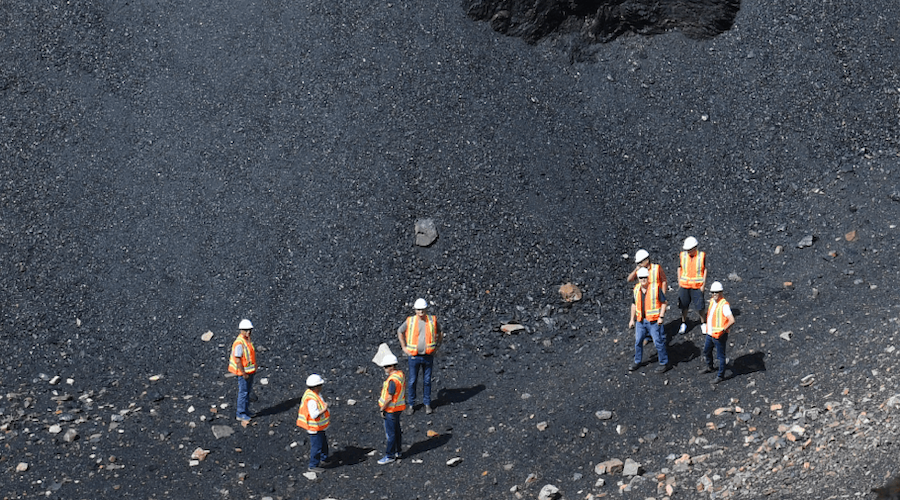
Political developments have also shaped the project’s trajectory. In March 2022, Alberta’s former energy minister Sonya Savage issued a directive halting new coal exploration applications, with exceptions for advanced projects. Earlier this year, the new energy minister, Brian Jean, designated Grassy Mountain as an advanced coal project, allowing it to move forward.
The Alberta Energy Regulator is scheduled to hold public hearings on drilling permits for the project on December 3 and January 14. Meanwhile, opponents warn the mine could harm local wildlife and water resources, further escalating tensions in the debate over economic development and environmental conservation in the region.
UK campaign group calls for extended operation of reactors
The Britain Remade campaign group has said hitting the UK's target for a clean energy grid by 2030 will be "almost impossible" without extending the operation of some of the country's nuclear power plants.
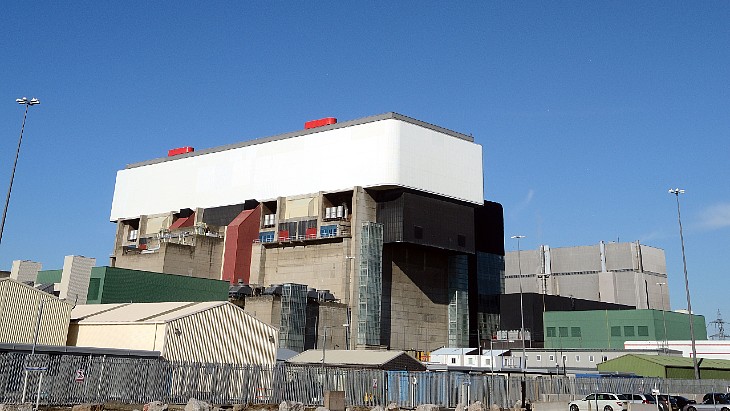
The group - which campaigns for the time it takes to build economy-boosting infrastructure to be slashed - is calling on the government to back the process of extending the operation of the Heysham 2 and Torness plants, which are both scheduled to shut in 2028.
"Built in the 1980s, these nuclear power stations are home to some of the youngest Advanced Gas-Cooled Reactors (AGRs) in the country, making them ideal candidates to safely operate longer than originally planned," Britain Remade says. "Extending the life of the two reactors at Heysham 2 and the two at Torness, along with getting one of Hinkley Point C's power units online by the end of the decade and keeping Sizewell B running, will provide 5.3 GW of clean nuclear power each year."
This, it says, would reduce the amount of gas the UK needs to burn by 5.8 billion cubic metres and reduce carbon dioxide emissions by 8.8 million tonnes. Households would also benefit from cheaper bills, saving up to GBP95 (USD120) per year.
The group warns that failing to keep even one of the UK's remaining AGR plants in operation would push up the amount of unabated gas burned which, it says, "would breach the National Energy Systems Operator's 'less than 5% unabated gas in a normal year' definition of clean power".
"The evidence is clear, without keeping four of the nation's Advanced Gas-Cooled nuclear Reactors online it will be almost impossible for the government to deliver a clean energy grid by 2030," said Britain Remade CEO Sam Richards. "No ifs, no buts, they will have failed this major test.
"By lifting the mad ban on new onshore wind farms being built in England and approving major solar farms in its first week in office, the government has already sent a clear message about getting as much clean energy as possible connected to the grid. But ministers now urgently need to make clear that they want the life of existing reactors extended where it is safe to do so. We have done it before and we can do it again. If we don't, the result will be more burnt gas and more emissions released into the atmosphere."
Tom Greatrex, chief executive of the Nuclear Industry Association, added: "The AGR nuclear fleet has produced more clean power and cut more carbon than any other energy asset in British history and can help us achieve the 2030 target with lifetime extensions.
"What is also important is that we plan beyond 2030, which includes extending the life of Sizewell B to the 2050s and building out new large-scale GW projects, including decisions on Sizewell C and Wylfa, as well as a fleet of small modular reactors so that we don't repeat the mistakes of the past. Only nuclear gives us clean, base load power and we need to start building now."
